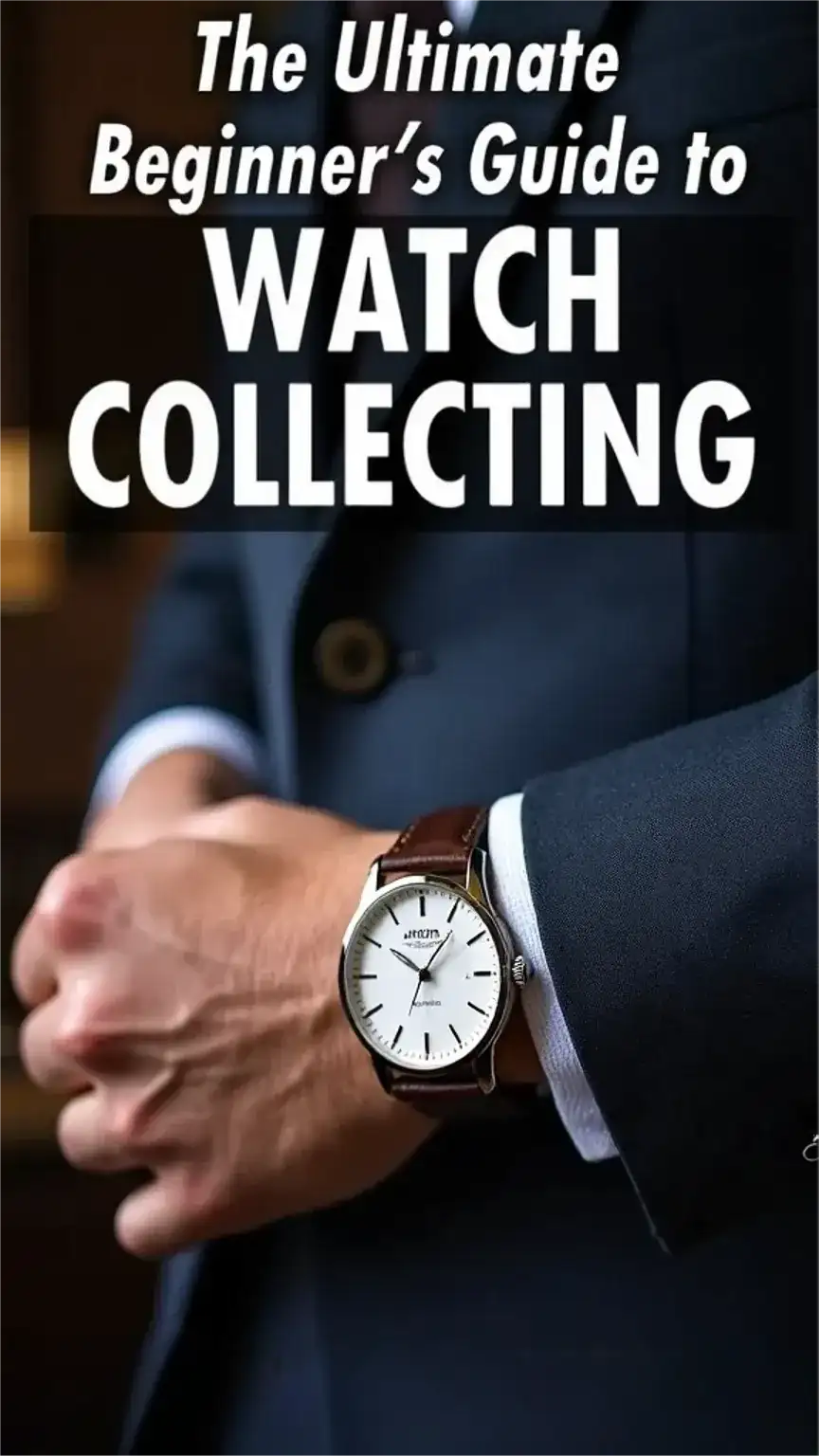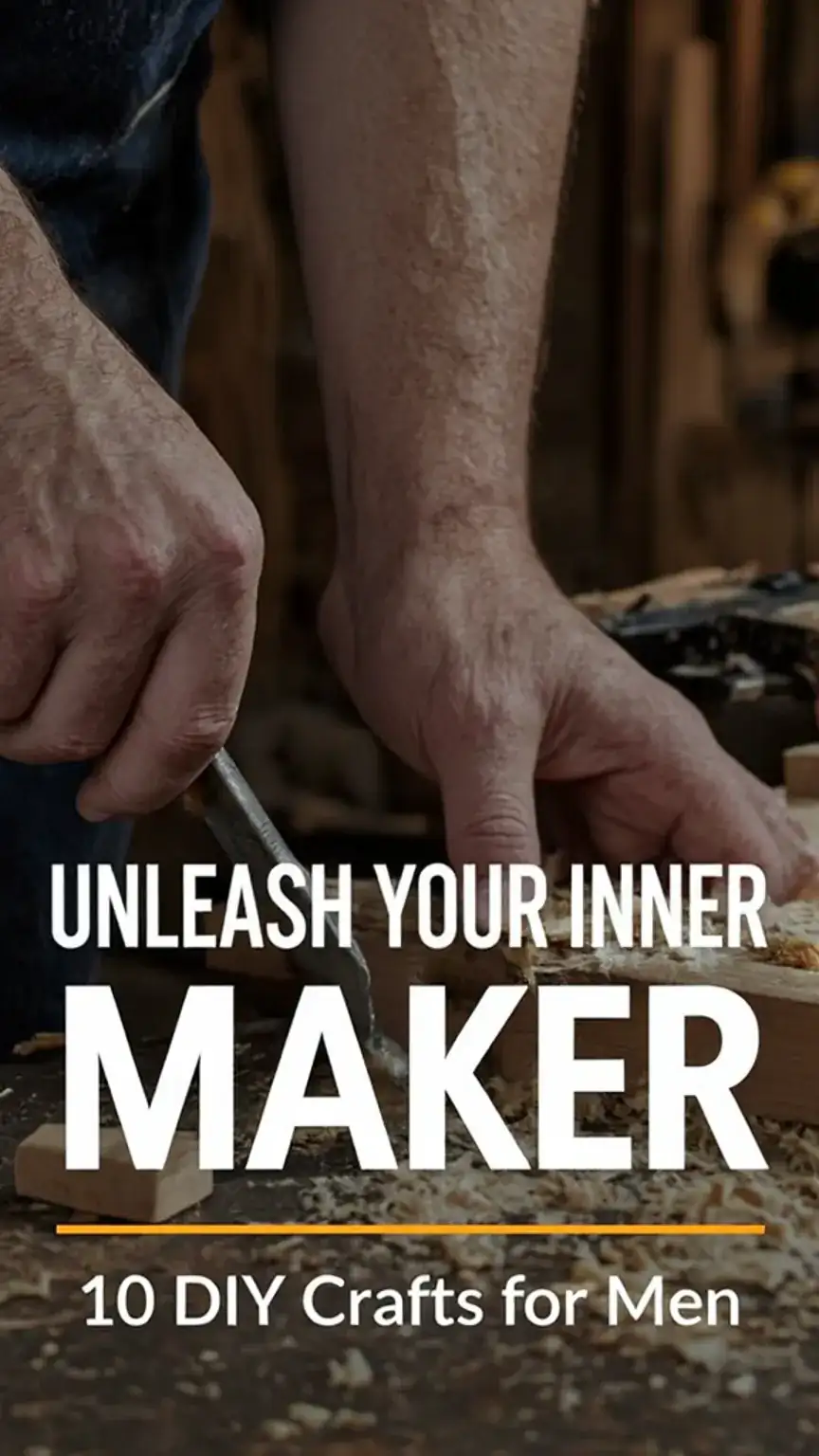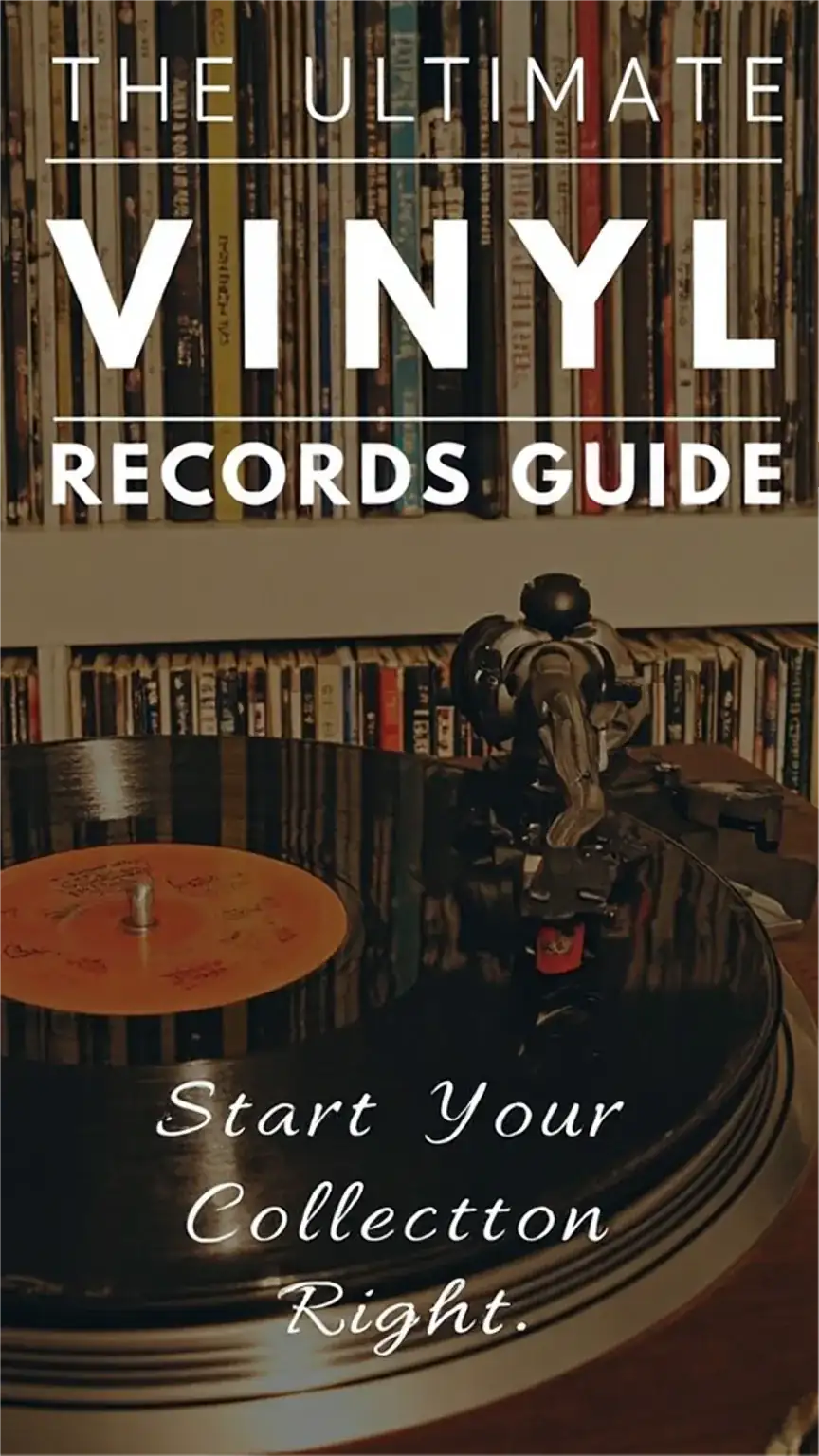The Ultimate Beginner’s Guide to Watch Collecting
Listen up, gents! If you’re anything like me, you’ve probably always been fascinated by those sleek, precision-made timepieces on your buddy’s wrist. Maybe you’ve even found yourself scrolling through watch collector forums, drooling over the latest releases. But let’s be real, starting a watch collection can seem daunting, especially if you’re new to the world of horology. It’s like staring at a massive menu at a Michelin-star restaurant – exciting, but where do you even begin? That’s precisely why I’m here to guide you through the process, sharing my own experiences and expert tips to help you build your very own watch collection, one exquisite tick at a time.

Imagine walking into a room where your confidence precedes you, subtly amplified by the gleam of a well-chosen timepiece on your wrist. It’s more than just telling time; it’s a statement of intent, a nod to craftsmanship, and a personal touch that speaks volumes before you utter a word. However, for many men, the journey into watch collecting feels like navigating a labyrinth blindfolded. The sheer volume of brands, styles, and technical jargon can be overwhelming, leading to decision paralysis or, worse, a regrettable first purchase.
Unlocking the World of Horology: Your First Steps
This guide is designed to demystify the process, transforming that initial intimidation into informed excitement. We’ll break down the essential steps, from setting a realistic budget to understanding the nuances of quality and resale value. Furthermore, by the end of this, you’ll not only feel equipped to make your first confident watch purchase but also inspired to build a collection that truly reflects your personality and aspirations. So, grab your favorite beverage – perhaps a neat pour of single malt, a nod to my own indulgences – and let’s dive in.
Step 1: Setting Your Watch Collecting Budget
First things first, you need to set a budget for your watch collection. As a beginner, it’s essential to start small and focus on quality over quantity. I recommend setting a budget of around $5,000 to $10,000 for your first few watches. This will give you enough room to experiment with different brands, models, and styles without breaking the bank.
Why this range? It allows you to explore reputable brands that offer excellent value, reliable movements, and timeless designs. Investing a bit more upfront ensures you’re acquiring pieces that are not only beautiful but also hold their value reasonably well. Conversely, jumping into the entry-level market with very low-cost watches can sometimes lead to disappointment due to build quality or movement accuracy issues. However, if you’re starting with a more modest budget, don’t worry — there are fantastic options under $500 that deliver great style and performance. For detailed recommendations, check out The Best Watches Under $500 for Men: A Guide to Affordable Style and for a broader overview, explore The Best Watches for Every Style and Budget: A Guide for Men.
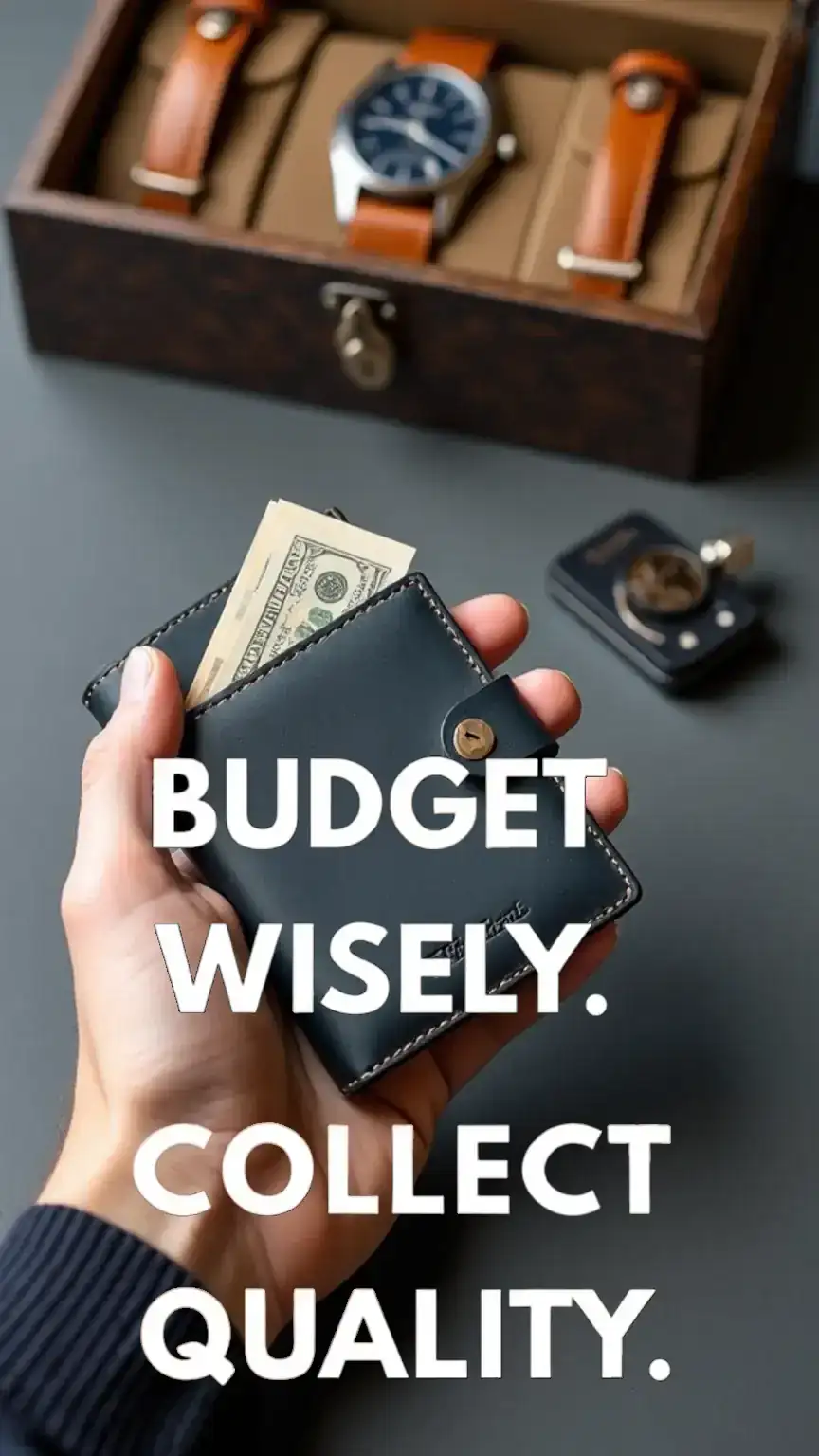
Consider this: your initial watch purchase is akin to the first brushstroke on a canvas. You want it to be a confident one, setting the tone for the masterpiece you intend to create. A well-chosen first watch can provide years of enjoyment and serve as a cornerstone for future acquisitions. Therefore, taking the time to define your financial parameters before you even start looking is paramount. It’s about smart acquisition, not impulse buying.
Step 2: The Art of Research: Become a Horological Scholar
Once you have your budget in place, it’s time to start researching. Begin by reading up on different watch brands, their history, and their signature styles. Look for reviews, forums, and articles to get a sense of what’s out there. You can also check out online marketplaces like Chrono24 or Watchfinder to see what’s available.
This is where the real fun begins, transforming you from a casual observer into an informed enthusiast. Dive deep into the storied past of brands like Rolex, Omega, and Patek Philippe, but also explore the innovation coming from microbrands and independent watchmakers. Understanding a brand’s heritage, its key innovations (like the first waterproof watch or the first self-winding movement), and its design philosophy will provide context for your choices.
Navigating the Digital Watch Universe
Online forums like Reddit’s r/Watches or dedicated watch blogs are goldmines of information. Here, you’ll find discussions on everything from movement intricacies to the subtle differences between dial colors. Furthermore, YouTube channels dedicated to watch reviews offer visual and auditory experiences that static articles can’t replicate. Seeing a watch on the wrist, hearing the rotor spin, and understanding the reviewer’s personal take can be incredibly insightful.
For example, take it from Dave, a 45-year-old accountant who landed his dream client after revamping his LinkedIn profile photo – he now applies that same detail-oriented research to his watch acquisitions. He spent weeks researching dive watches before buying his first Omega Seamaster, ensuring it met his criteria for durability, style, and brand heritage. This meticulous approach minimizes buyer’s remorse and maximizes the joy of ownership.

Remember, knowledge is power, especially in the watch world. The more you learn, the more discerning you become. You’ll start to recognize specific movements, understand the significance of different case materials, and appreciate the nuances of dial finishes. This deep dive is not just about finding a watch; it’s about discovering a passion.
Step 3: Identifying Your Personal Watch Style
Now it’s time to think about your personal style and what type of watches you’re drawn to. Are you a fan of sleek, modern designs or do you prefer classic, vintage-inspired pieces? Do you have a favorite brand or style in mind? Make a list of your top picks and start to narrow down your options.
This introspection is crucial. Think about your wardrobe, your lifestyle, and the occasions you’ll be wearing your watch. Are you a suit-and-tie kind of guy, or do you live in jeans and a t-shirt?
Exploring Different Watch Categories
Let’s break down some common categories to help you pinpoint your preference:
- Dress Watches: These are typically elegant and understated, designed to be worn with formal attire. Think slim cases, leather straps, and minimalist dials. Brands like Cartier, Jaeger-LeCoultre, and Grand Seiko excel here.
- Dive Watches: Built for underwater exploration, these are robust and feature rotating bezels for timing dives. They are also incredibly versatile and can be worn casually. Iconic examples include the Rolex Submariner, Omega Seamaster, and Tudor Black Bay.
- Pilot/Field Watches: Known for their legibility and durability, these often feature large, easy-to-read dials and are built to withstand tough conditions. Think IWC Pilot’s Watches or Hamilton Khaki Field.
- Chronographs: These watches have stopwatch functions, indicated by sub-dials on the face. They often have a sporty or technical aesthetic. The Breitling Navitimer and the TAG Heuer Carrera are classic examples.
- Luxury Sports Watches: These blend functionality with a sophisticated aesthetic, perfect for both casual and semi-formal settings. Think Audemars Piguet Royal Oak or the Patek Philippe Nautilus.
Ladies, bookmark this for the man in your life who ‘has nothing to wear’ to your anniversary dinner. Understanding his personal style – whether it leans towards rugged adventurer or refined gentleman – will help you guide him towards a timepiece that complements his existing wardrobe.
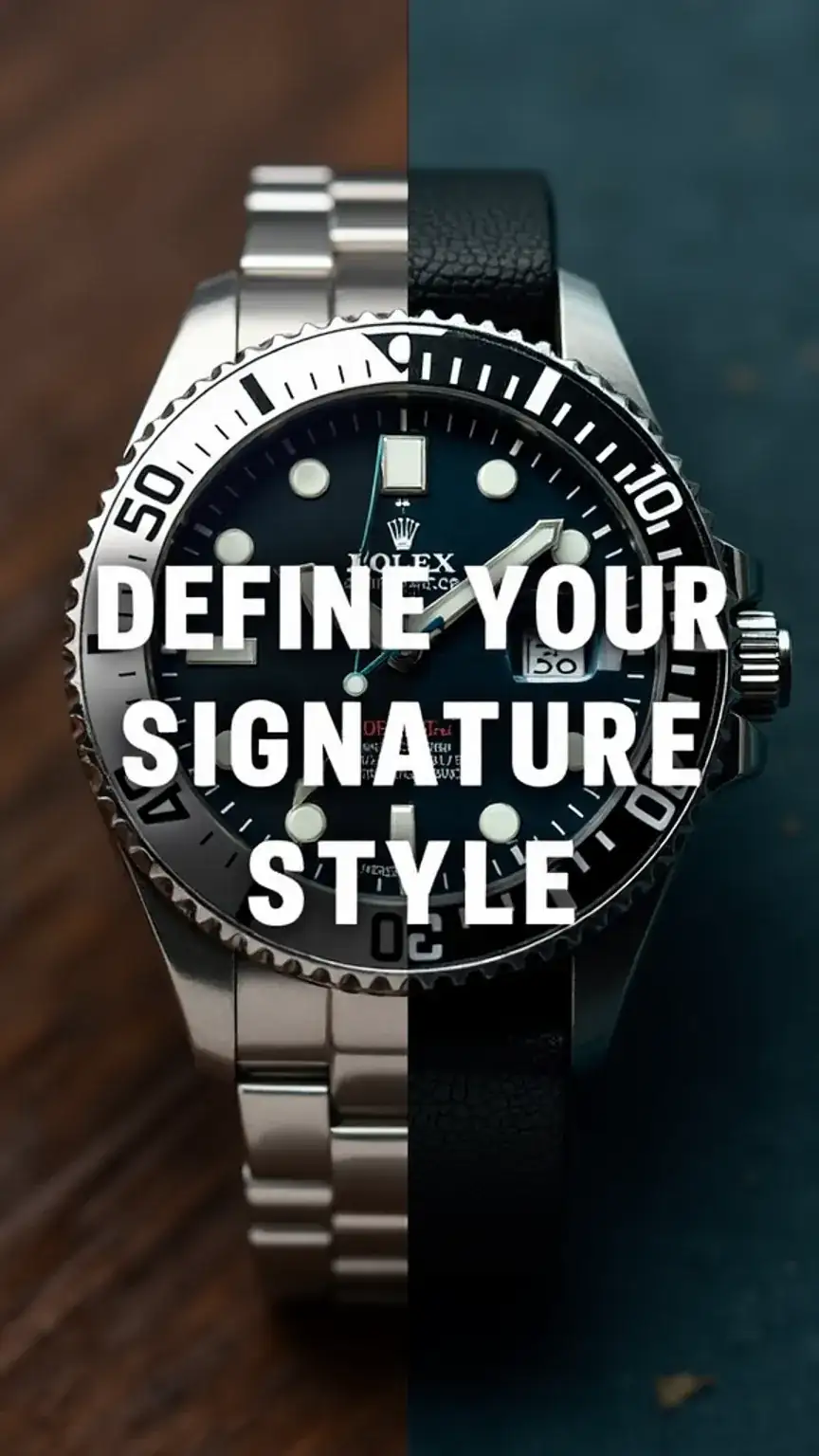
Don’t be afraid to mix and match or to start with a versatile piece that bridges multiple categories. For instance, a well-designed stainless steel sports watch with a clean dial can transition seamlessly from a business meeting to a weekend adventure. It’s about finding what resonates with you.
Step 4: The Cornerstone of Collecting: Invest in Quality
When it comes to investing in your watch collection, remember that quality is key. Look for watches made from high-quality materials, with precise movements, and robust construction. Avoid watches with cheap materials, inaccurate movements, or flimsy construction.
Quality in watches manifests in several ways. Firstly, the case material matters. Stainless steel (specifically 316L), titanium, and precious metals like gold or platinum offer durability and a premium feel. Secondly, the movement – the engine of the watch – is critical. Mechanical movements, whether automatic (self-winding) or manual-wind, are often prized for their intricate craftsmanship and the artistry involved. Look for renowned movement manufacturers like ETA, Sellita, or in-house calibers from brands like Rolex, Omega, and Grand Seiko.
What Defines Robust Construction?
Robust construction means a watch that can withstand daily wear. This includes features like sapphire crystal (which is highly scratch-resistant) for the watch face, solid end links on metal bracelets, and solid casebacks. Furthermore, water resistance is a practical consideration. Even if you’re not planning on diving, a watch with at least 50-100 meters of water resistance offers peace of mind against splashes or rain.
Pro Tip: A well-built watch elevates your entire ensemble. A watch that feels solid on the wrist, with smooth crown operation and precise timekeeping, is a testament to its quality.
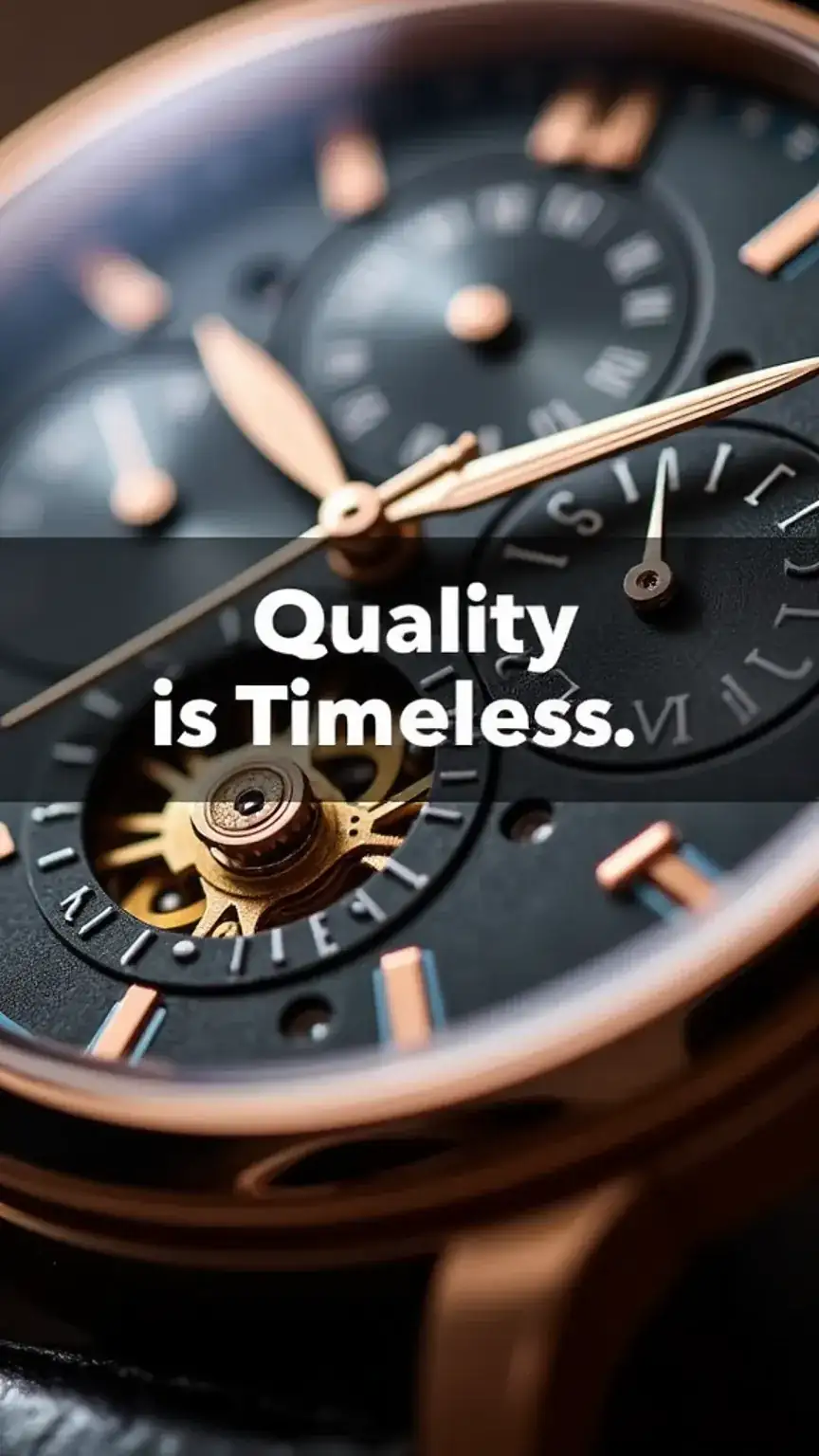
Remember, 90% of recruiters judge your credibility by your profile pic – and that same attention to detail extends to how you present yourself, including your accessories. A quality watch signals an appreciation for craftsmanship and attention to detail, qualities that are universally respected. For more on making the right impression, check out Elevate Your Game: Mastering Etiquette in Social and Professional Settings. Your future self will thank you for reading this.
Step 5: Smart Acquisition and Collection Growth
As you start to build your collection, remember to buy and sell wisely. Research the market value of your watches, and don’t be afraid to negotiate prices. You can also consider trading watches with other collectors or selling them through online marketplaces.
The secondary market for watches is a vibrant ecosystem. Platforms like eBay, Chrono24, and specialized watch forums allow you to buy pre-owned timepieces at a discount and to sell pieces you’ve outgrown. Understanding the market value involves checking recent sales data for comparable watches. Factors like condition, completeness (original box and papers), and rarity significantly impact price.
Navigating the Secondary Market
When buying pre-owned, always prioritize reputable sellers and check their reviews. Be wary of deals that seem too good to be true – they often are. Moreover, don’t hesitate to ask for detailed photos and proof of authenticity. For selling, patience is often rewarded. Listing your watch with accurate descriptions and high-quality photos will attract more serious buyers.
Consider the concept of a “grail watch” – that one iconic timepiece you’ve always dreamed of owning. Building a collection is often a journey towards that ultimate acquisition. Selling a few less-loved pieces can fund a significant upgrade. Similarly, engaging with the watch community through trading can be a cost-effective way to experience different timepieces without a major financial outlay.
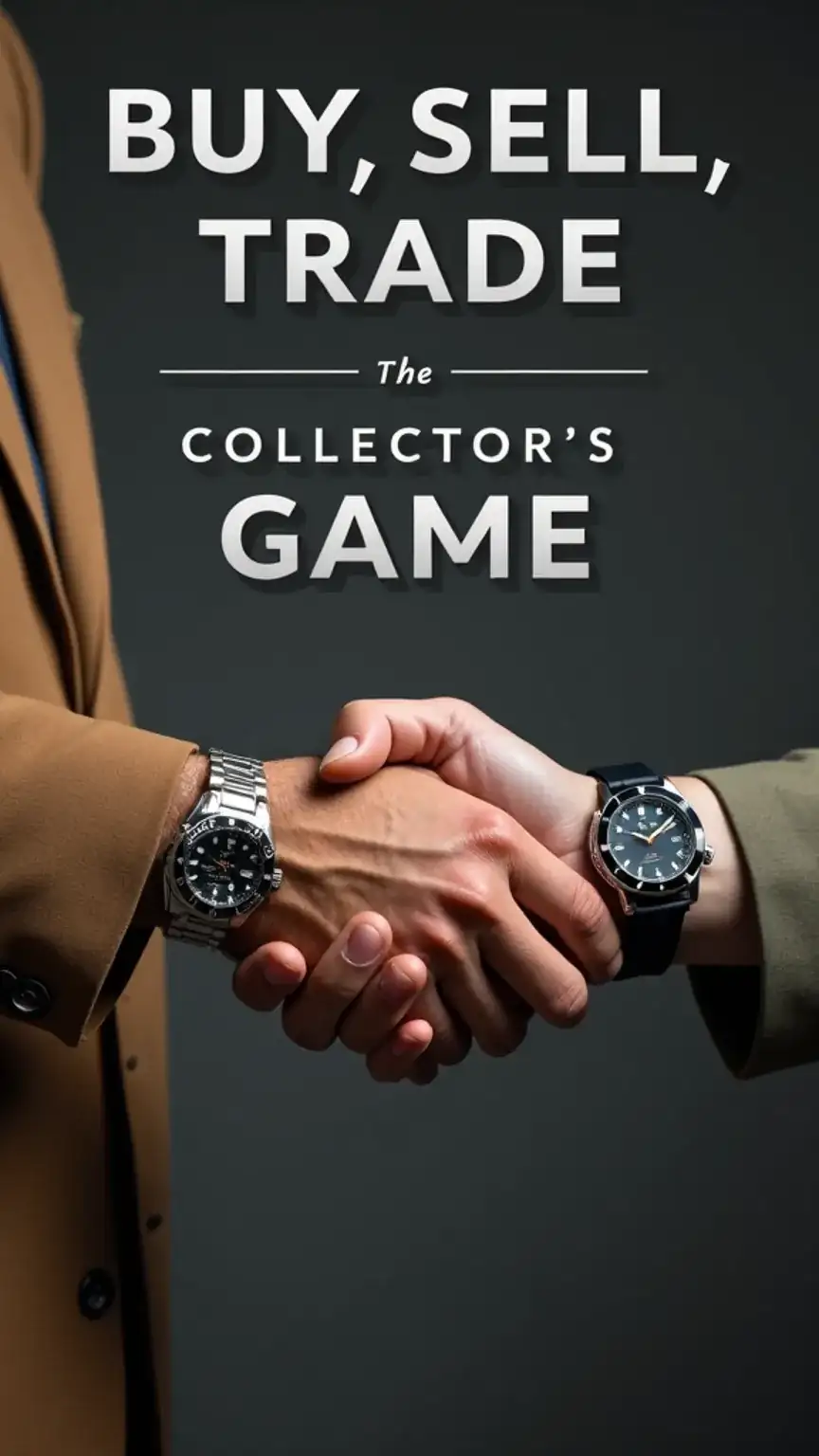
Furthermore, think about the long-term value of your collection. While not all watches appreciate in value, many quality pieces from reputable brands tend to hold their own or even increase over time, especially if they are rare or in excellent condition. This makes watch collecting not just a hobby, but potentially a sound investment.
Building Your Legacy, One Watch at a Time
Starting a watch collection may seem intimidating, but with these steps, you’ll be well on your way to building a collection that reflects your personal style and interests. Remember to stay focused, stay informed, and always prioritize quality. The journey of a watch collector is one of continuous learning and evolving taste. Each acquisition adds a new chapter to your personal narrative, a tangible reminder of milestones, achievements, and cherished memories.
And who knows, you may just find yourself joining the ranks of the world’s most discerning watch collectors, appreciating the intricate dance of gears and springs that bring these marvelous machines to life. The satisfaction of wearing a watch you’ve meticulously researched and carefully acquired is unparalleled. It’s a personal triumph, a testament to your discerning eye and your appreciation for enduring craftsmanship.
So, what are you waiting for? Start your watch collecting journey today and join our community of like-minded enthusiasts! Share this guide with your buddies and let’s get started! Tag a friend who needs a style intervention!
Ready to own your image? Start with setting your budget and identifying your style today, and share your #StyleUpgrade on Pinterest or your favorite socials!
Ready to dive deeper into the world of watches? Whether you’re looking for affordable options or want to explore styles across budgets, check out our detailed guides:
The Best Watches Under $500 for Men: A Guide to Affordable Style
and
The Best Watches for Every Style and Budget: A Guide for Men.
Find the perfect timepiece that suits your style and budget!
